Best own root roses for your type of soil and annual rainfall?
strawchicago z5
4 years ago
last modified: 3 years ago
Featured Answer
Sort by:Oldest
Comments (60)
strawchicago z5
4 years agolast modified: 4 years agoVaporvac Z6-OhioRiverValley
4 years agolast modified: 4 years agostrawchicago z5 thanked Vaporvac Z6-OhioRiverValleyRelated Discussions
Own Roots, Soil, and Fertilizer in Florida
Comments (34)My most productive and rewarding activity over the past month has been murder. Yep, quite literally killing. And I must admit it gives me great pleasure to see the tiny brown specks which only the day before were an inconspicuous green. No longer sucking the life out of my rose buds, but in my imagination that life is drained out of them back into the roses. They are purely and plainly parasites. Aphids are to plants what fleas and ticks are to animals. And what pleasure it is! There's the challenge of the hunt. Without proper equipment (very good reading glasses) they'd escape detection. And then spritzing them with insecticidal soap! Ah, the joys of gardening. Similarly, the slight crunching sound as I squish the rose beetles under foot on the walk is somehow very very satisfying. As is the gentle search of myriad petals to find them nuzzled there. Gotchya! I understand the primates who preen their kin. And it's good practice for the next war. The one against the arrival of new fire ant queens who learn that they are sadly mistaken. My garden is NOT prime real estate for the likes of them....See More12/5/15: rooting roses & best soil, wood ash, foods to lose weight
Comments (53)Merry Christmas !! I had just ordered Smart-pot in 10 gallon, only $9.97 from Amazon (free shipping). I'll buy 3 blueberry bushes this spring (Walmart sells them), put 2 in SmartPot, and 1 in the ground. Didn't know that I need 2 or more blueberry bushes to pollinate each other. Info. from About.com: " Fertilizing blueberries - Blueberries don’t like too much fertilizer. Twice a year in the early spring works well. For organic fertilizer try blood or cottonseed meal, or a fertilizer designed for acid loving plants. Blueberries need friends – To get your blueberries to fruit, you will need at least two blueberry plants for pollination, three plants is even better and they need to be placed relatively close together. Also it’s a good idea to grow a couple of different varieties of blueberries, because they will produce fruit at different times and extending your blueberry season. Protect your blueberries – While growing blueberries you’ll have few pests to worry about other than birds. To protect your fruit from feathered poachers, you can cover your bushes with a light sheet or netting, a few weeks before the berries are ripe." Sam: Do you protect your blueberries from birds? If I put Smart-pot right next to the patio, hopefully there's less pests. I re-post the info. that Bluegirl wrote on pine-fines to buy from Lowe's. I would need 1/4 pine fines with 3/4 potting soil to create the acidic soil for blueberries. Bluegirl in Texas wrote: "I think Amazon has the sulfate of potash for ~ $11 still. See if your Lowes carries the mix ours does. It's "HapiGro Landscape Mix", sold in a big clear bag for about four dollars. Almost pure pine fines to look at it. Here are some photos, the bag is kind of faded, it's a mostly clear bag with white on front. dry stuff inside--looks to be mostly fine pine bark with a nugget or two of perlite. THis is some moist stuff from inside a bucket--finger for size. Pictures & info. above are from Bluegirl in Texas. THANK YOU, Bluegirl, for allowing me to post your info....See MoreBest soil and pH for different roses & plants & your goals and plans
Comments (32)Just went out to check all my leaves. The disease-resistant roses with glossy foliage all have 7-leafets: Kordes Flower Carpet, Pat Austin and Tchaikovsky. Kordes Flower Carpet doesn't have mildew in shade, but Knock-out (5-leaflet) has mildew. Other DISEASE-RESISTANT with 7-leaflets: William Shakespeare 2000, Duchess de Rohan, Excellenz von Schubert, Annie L. McDowell, Blue Mist, Poseidon, Cloudert Soupert, and Crown Princess Mag. ... all have leaves in set of 7. These can take wet soil well, like multiflora rose thriving in wet lands. But the blackspot-prone roses: Comte de Chambord and hybrid teas have leaves in set of 5, and much larger & round leaves. These prefer well-drained soil, and tend to blackspot with prolonged wetness & acidic rain. Multiflora-leaves are clearly a set of 7, see below pic: http://na.fs.fed.us/spfo/invasiveplants/factsheets/pdf/multiflora-rose.pdf "Each multiflora leaf as 5 to 11 one inch-long oval leaflets with toothed margins. The undersides of the leaflets have tiny hairs and are paler than the upper surface. The base of each leaf stalk has a characteristic stipule (green, leafy structure) with hairs or a comb-like fringe along its margins. Flowers. As indicated by its scientific name Rosa multiflora, this plant has abundant, showy clusters of flowers which typically are white, though sometimes slightly pink." Below is Austin rose William Morris, which did terrible in slightly acidic wet & peaty potting soil, then finally died when I put in my wet clay made acidic with cracked corn. Note the leaves are in a set of 5, which means it prefer well-drained & loamy soil, and CANNOT take acid & wetness like those of set-7 leaves. Folks complain about WM being stingy and rust-fungal-prone. The drought-tolerant & disease-resistant Rugosa has rounder leaves in set of 9, plus very bristly canes full of thistles, see below:...See MoreWhat is your favorite mail-order source for roses? Preferably own-root
Comments (109)UPDATE for 2024: High Country Roses add lots of Autin own-roots to their inventory (sold out to those who ordered early): Jude the Obscure, The Prince, Ambridge Rose, Abraham Darby, W.S. 2000, Othello, Carding Mill, Sophy's Rose, Evelyn, The Dark Lady, Wise Portia, Charles Darwin, Emanuel, Sharifa Asma, Charles Austin, Eglantyne, Lucettta, Molineux, Graham Thomas, Tamora, Noble Antony, Benjamin Britten, Gertrude Jekyll, Mary Rose, Heritage, Tess of d'Urberville and many others. I got my W.S. 2000 from High Country Roses back in 2011. I should had ordered from High Country Roses back in Nov. 2023, it's only $23.95 per own-root Austin. High Country Roses in CO now ships roses to Canada....See Morestrawchicago z5
4 years agolast modified: 4 years agostrawchicago z5
4 years agolast modified: 4 years agostrawchicago z5
4 years agolast modified: 4 years agostrawchicago z5
4 years agolast modified: 4 years agojim1961 / Central Pennsylvania / Zone 6
4 years agolast modified: 4 years agostrawchicago z5 thanked jim1961 / Central Pennsylvania / Zone 6strawchicago z5
4 years agolast modified: 4 years agojim1961 / Central Pennsylvania / Zone 6
4 years agolast modified: 4 years agostrawchicago z5 thanked jim1961 / Central Pennsylvania / Zone 6strawchicago z5
4 years agolast modified: 4 years agoflowersaremusic z5 Eastern WA
4 years agolast modified: 4 years agostrawchicago z5 thanked flowersaremusic z5 Eastern WAflowersaremusic z5 Eastern WA
4 years agostrawchicago z5
4 years agolast modified: 4 years agostrawchicago z5
4 years agolast modified: 4 years agoVaporvac Z6-OhioRiverValley
4 years agolast modified: 4 years agostrawchicago z5 thanked Vaporvac Z6-OhioRiverValleystrawchicago z5
4 years agolast modified: 4 years agoVaporvac Z6-OhioRiverValley
4 years agolast modified: 4 years agostrawchicago z5 thanked Vaporvac Z6-OhioRiverValleystrawchicago z5
3 years agolast modified: 3 years agostrawchicago z5
3 years agolast modified: 3 years agostrawchicago z5
3 years agolast modified: 3 years agostrawchicago z5
3 years agolast modified: 3 years agostrawchicago z5
3 years agolast modified: 3 years agostrawchicago z5
3 years agolast modified: 3 years agostrawchicago z5
3 years agolast modified: 3 years agoVaporvac Z6-OhioRiverValley
3 years agostrawchicago z5
3 years agolast modified: 3 years agostrawchicago z5
2 years agolast modified: 2 years agostrawchicago z5
last yearlast modified: last year
Related Stories
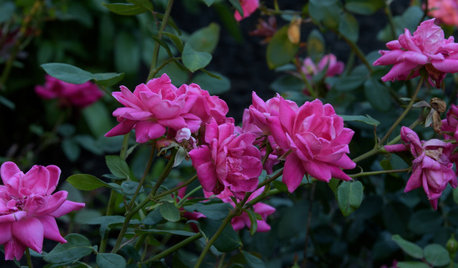
WINTER GARDENINGHow to Plant Bare-Root Roses
Late winter or early spring is a great time to put new roses into the ground
Full Story
GARDENING GUIDESLearn the Secret to Bigger and Better Roses
Grow beautiful roses using both ordinary and unusual soil amendments
Full Story
GARDENING GUIDESThe Beauty of Bare-Root Plants
Plant dormant trees and shrubs in fall using the easy, affordable bare-root method and enjoy beautiful results in spring
Full Story
WINTER GARDENINGPruning Secrets for Exquisite Roses
Encourage gorgeous blooms year after year with this time-tested advice on how to prune your rosebush in winter for health and shape
Full Story
FARM YOUR YARDHow to Get Good Soil for Your Edible Garden
The nutrients in your soil feed the plants that feed you. Here are tips on getting it right — just in time for planting season
Full Story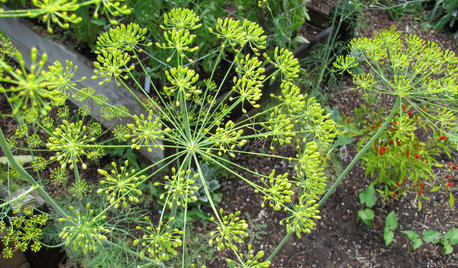
EDIBLE GARDENSHerb Garden Essentials: Grow Your Own Tasty, Frilly Dill
Flavor your food and attract butterflies with easy-care (and pretty) dill in the garden
Full Story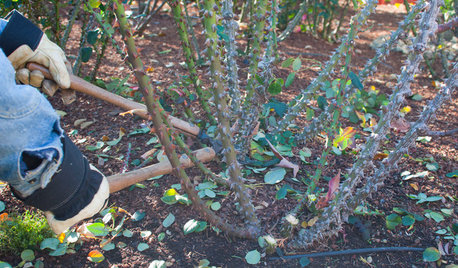
ROSESHow to Care for Your Roses Over Winter
Get advice on protecting against cold in cold-winter regions and pruning and planting in mild-winter regions
Full Story
CONTAINER GARDENSContainer Gardening Basics: The Dirt on Soil
Learn the types of potting soil available and the best mixes to help your containers thrive
Full Story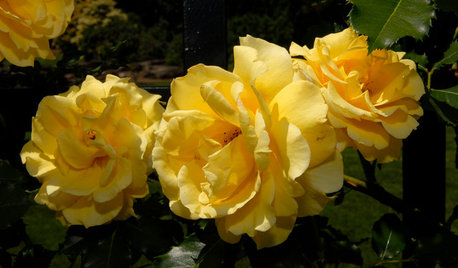
GARDENING GUIDES5 Favorite Yellow Roses for a Joyful Garden
Make 'cheery' the name of your garden game when you order your roses sunny side up
Full Story
GARDENING GUIDESWhat Kind of Roses Should You Grow?
Want to add the beauty of roses to your garden? Find out which ones, from old-fashioned to modern, are right for you
Full Story




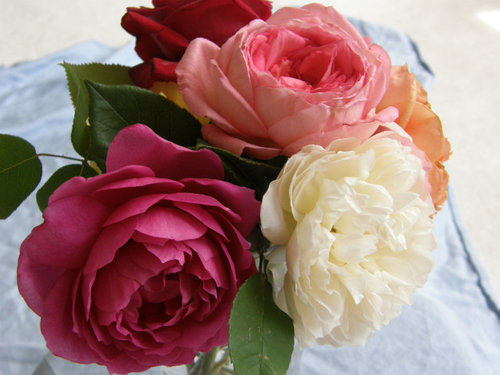

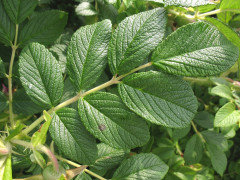

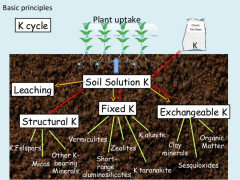
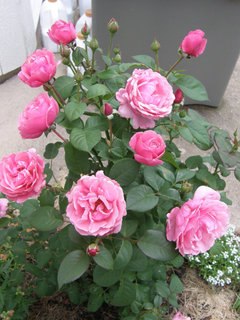
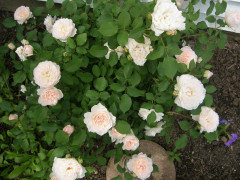


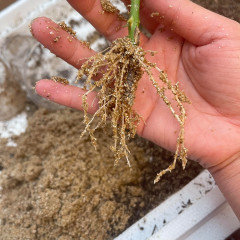
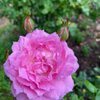


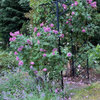
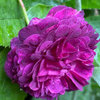
strawchicago z5Original Author